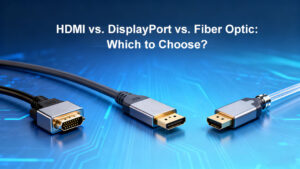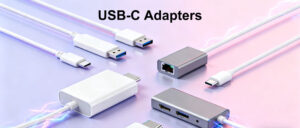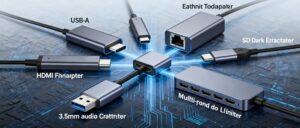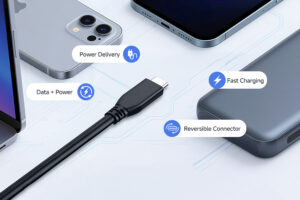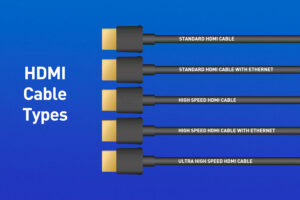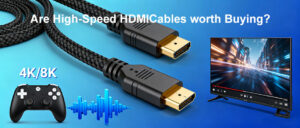
Стоит ли покупать высокоскоростные кабели HDMI?
You’ve probably stared at a shelf of HDMI cables, wondering if splurging on “high-speed” is just a marketing trick. Spoiler: It depends on your gear—but for most modern setups, the answer is yes. Let’s cut through the jargon to explain why, when, and which ones matter. First: What Is a High-Speed HDMI Cable? Not all HDMI cables are equal. The key difference lies in bandwidth—how much data they can carry per second. This determines whether they can handle today’s (and tomorrow’s) ultra-high-def content. Standard HDMI cables max out at 4.95 Gbps, enough for old 720p/1080p TVs but nothing more . High-speed variants, however, start at 10.2 Gbps

